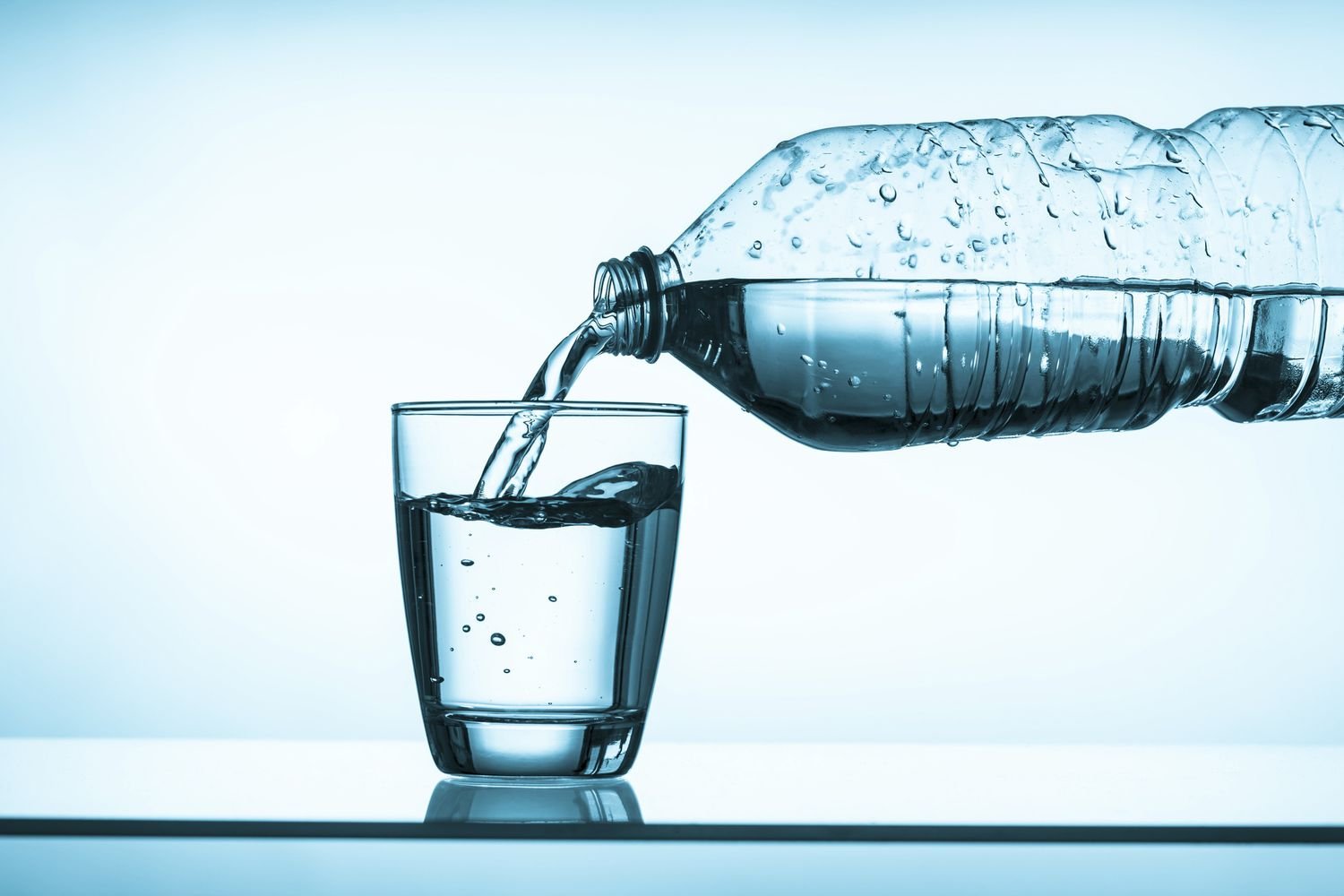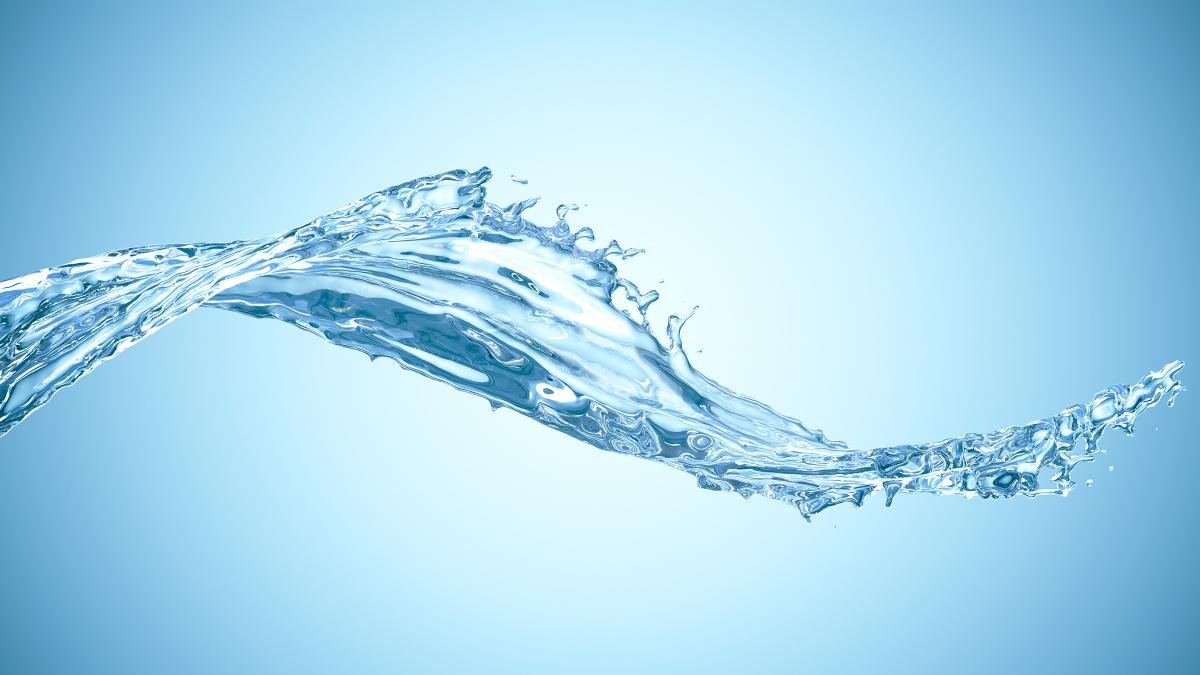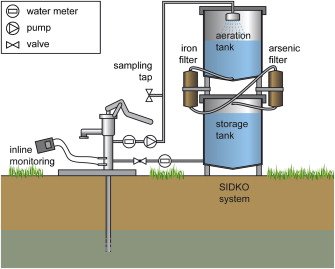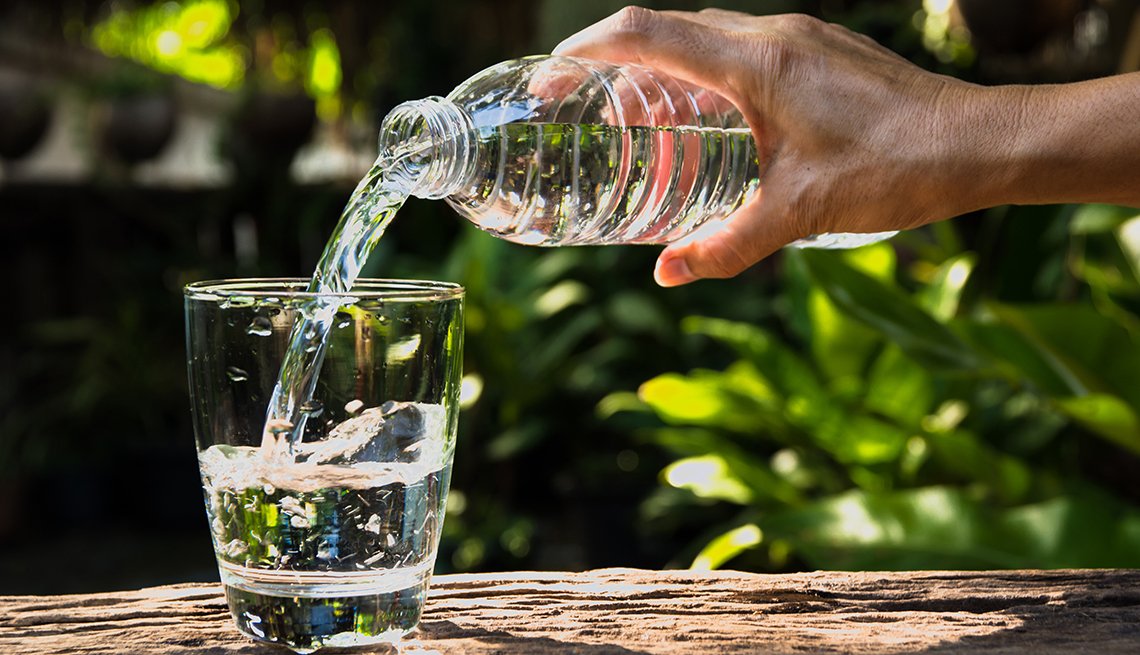Concept of Water – This book covers the entire syllabus of “Nutrition and Dietetics” prescribed by BNMC-for all Diploma in Nursing Science and Midwifery students. We tried to accommodate latest information and topics. This book is examination friendly setup according to the teachers’ lectures and examination’s questions. At the end of the book previous university questions are given. We hope in touch with the book students’ knowledge will be upgraded and flourished. The unique way of presentation may make your reading of the book a pleasurable experience.

Concept of Water
Water is a transparent, tasteless, odorless, and nearly colorless chemical substance, which is the main constituent of Earth’s hydrosphere, and the fluids of most living organisms. It is vital for all known forms of life, even though it provides no calories or organic nutrients.
Or
Water is the liquid which forms rain, rivers, and the sea and makes up a large part of the bodies of most organisms, including humans.
Safe Water:
Safe water is ‘one that cannot harm the consumer, even when ingested over prolonged periods.” It may not be pleasant in taste, smell and appearance.
Safe and wholesome water is defined as one that is:
Colourless, odourless.
Pleasant to taste.
Free from harmful pathogenic agents
Free from harmful chemical substances
Free from sedimentations, and
Potable or fit for domestic use.
Pure water:
Pure water is any water that does not endanger human life from sanitary point of view. Chemically, it is that water which contains only hydrogen and oxygen.
Impure water:
Impure water is one that is either polluted or contaminated.
Polluted water:
Polluted water is defined as ‘one that is deteriorated physical quality due to addition of substances causing turbidity and there is change in colour, odor and taste’. It may or may not be harmful.
Contaminated water:
Contaminated water is defined as “one that is deteriorated in chemical and bacteriological quality due to addition of organic or inorganic substance, or parasite and bacteria.” It is unsafe and potentially harmful.
Physical Characters of water:
Pure water has the following physical characteristics:
1. Colorless and odorless
2. Sparkling
3. Has no sediment
4. Pleasant to taste and soft to touch
5. Can be decomposed by electrolytes to hydrogen and oxygen
6. Specific gravity: 1
7. Has maximum density at 4°C
8. Expands before freezing at 0°C (32°F)
9. Boiling point is 100°C at atmospheric pressure, boiling point is raised if pressure is raised.
10. A very good solvent
11. Dissolves all gases.
[Ref-Essentials of Community Medicine/Selim Reza/14/594]
Uses of Water:
1. Domestic use:
- Drinking and cooking
- Personal hygiene – for washing the body and clothes.
- Environmental sanitation – for washing utensils, floors, and for the disposal of wastes.
- Temperature control – for heating and cooling.
- Gardening.
2. Public purposes: Public cleansing, firefighting, maintenance of puolic gardens and swimming pools, street washing and numerous other civic purposes.
Functions of Water
Without water there would have been no life. Water constitutes nearly two thirds of the total weight of the body, 79% of blood, 80% of brain and muscles and 10% even of bones.
Physiological functions of water are:
1. Maintains homeostasis
2. Maintains fluidity of blood and lymph
3. Replaces loss of fluid from tissues
4. Helps in elimination of waste materials from the body
5. Helps in digestion, absorption and distribution of food and nutrients
6. Forms the main constituent of all body juices
7. Regulates body temperature and acts as a distributor of body heat, thus maintains
8. thermal balance.
9. Helps in maintaining acid base balance.
Requirement of water:
- Daily requirement of water depends on climate, season, habits of people, standard of living, rate of wastage, domestic animal etc.
- Daily water consumption per head is 150 to 200 litre.132
Classification of Water:
A. According to source:
- Rain water
- Surface water
- Underground water
B. According to its effect on health
- Safe water
- Wholesome potable water/
- Polluted water Contaminated water
C. According to chemical impurities :
- Hard water
- Soft water

Common sources of water:
1. Rain water
2. Surface water-
- Artificial lakes (impounding reservoirs)
- Rivers and streams
- Tanks, ponds and lakes
- Sea.
3. Ground water –
- Shallow wells
- Deep wells
- Springs
[Ref-Essentials of Community Medicine/Selim Reza/14/594]
Sources of Drinking Water in The Villages:
1. Dug well-
- Katcha well
- Masonry or pucca well
2. Tank (pond)
3. Tube well (best for pure water supply in the village)
4. River and springs (in certain places)
[Ref-Essentials of Community Medicine/Selim Reza/14 (595)
Water Pollution:
Water pollution occur when pollutants (particles, chemicals or substances that make water contaminated) are discharged directly or indirectly into water bodies without enough treatment to get rid of harmful compounds.
Causes of Water Pollution:
| Direct Human Causes of Water Pollution |
|
| Indirect Human Causes of Water Pollution |
|
Purification of Water:
1. Boiling.
2. Chemical disinfection:
- Bleaching powder
- Chlorine solution
- High test hypochlorite
- Chlorine tablets
- Iodine
- Potassium permanganate.
3. Filtration:
- Pasteur’s chamberland filter
- Berkefeld filter
- Ketadyn filter

Definition of Tube-Well:
A tube well is a type of water well in which a long 100-200 millimeters (3.9-7.9 in) wide stainless steel tube or pipe is bored into an underground aquifer. The lower end is fitted with a strainer, and a pump lifts water for irrigation. The required depth of the well depends on the depth of the water table.
Criteria of an Ideal Tube Well:
- Safe distance from a latrine about 40-60 feet.
- Should be provided with concrete build platform.
- Should be provided with long pipe from ground level.
- Should be sufficient deep.
- The water should be free from arsenic.
- Water should be free from microbes.
- Water should follow safe water standard.
- Easy operation.
- Should be provided with proper drainage system.
- Comparatively cheap.
parts of a tube well

Name of Water/Faecal Borne Diseases:
| Diseases | Causative agent |
| Viral: | |
| Hepatitis A |
|
| Hepatitis E |
|
| Poliomyelitis |
|
| Diarrhea |
|
| Bacterial: | |
| Typhoid & paratyphoid |
|
| Cholera |
|
| Bacillary dysentery |
|
| Protozoal: | |
| Amoebiasis |
|
| Giardiasis |
|
| Helminthic disease: | |
| Ascariasis |
|
Principles of Prevention of Faecal Borne Diseases:
1. Interventions at the source of infection include:
2. Environment interventions:
3. Host:
A. Interventions at the source of infection include:
- Avoiding raw milk or foods made from raw milk.
- Appropriate treatment of food items before consumption.
- Active immunization of animals.
- Sanitary disposal of human wastes.
- Washing hands, knives, cutting boards, etc. after handling uncooked foods.
- Avoiding contact with materials contaminated with pet excreta or soil.
- Decontamination of animal products, e.g., wool, goat hair
- Burying intact or cremating of infected animal carcasses.
- Recognizing, preventing, and controlling of infections in domestic animals, pets.
- Washing hands after contact with animals.
B. Environment interventions: involve stringent follow-up from production to consumption. Some of the interventions include:
- Freezing, salting, etc. of food items during storage.
- Control of flies, rats, cockroaches.
- Public education on environmental and personal cleanliness.
- Surveillance of food establishments.
- Avoiding contamination of food after cooking.
- Maintenance of sanitary food area.
- Proper handling and storage of leftover foods.
- Kitchen cleanliness.
- Safe canning at home.
- Careful storage and use of chemicals (storage away from foods).
C. Host:
- Active or passive immunization of susceptible hosts
- Health education on the above areas
The daily losses of water include –
| Route | Amount (ml) |
| Feces | 100-200 |
| Urine | 1000-1500 |
| Lungs | 250-400 |
| Insensible perspiration | 400-600 |
| Visible perspiration | None to 10,000 |
Physiological functions of water:
Water constitutes about two-third of the total body weight, blood plasma contains more than 90 percent of water, cell cytoplasm contains about 70 percent of the water and even bone contain 20 percent water.
1. Replaces fluid loss from the tissues.
2. Maintains fluidity of blood and lymph.
3. Helps elimination of waste materials from body.
4. Acts as a transport for dissolved food.
5. Forms the main constituent of all body juices and
6. Helps in the regulation and distribution-of body temperature.
(Ref: RKH/5/480)
Methods of Purification of Water on a Small Scale:
A. House hold purification of water:
Methods
1. Boiling:
- Satisfactory method of purifying water.
2. Chemical disinfections:
- Bleaching powder
➤It is mostly used in proportion of 30 gm/ 100 gallons of water.
➤ One teaspoonful of bleaching powder to pint of water.
➤Some tablets are available (halozone) for chlorination of water.
- Potassium permanganate
➤ It oxidizes the organic matter.
➤ 0.5 Part in 100000 parts of water sterilizes water in 4 to 6 hourly.
- Alum
➤ It is used to purify muddy water.
➤ 2-5 gms are added in one gallon of water.
- Iodine
➤ 2 drops of 2% solution of ethanol in 1 L water
➤ Contact 20-30 min.
- Chlorine tablets
➤ 0.5 gm chlorine can purify 20 L of water.
➤ Contact period is 1 hour.
- Lime (CaO)
➤ 6 gms of lime can sterilize 1 gallon of soft water.
➤ Contact period is 5-24 hrs.
- Chlorine solution.
➤ HTH (High test hypochloride)
➤ Copper sulphate
➤ Nesfield tablets.
3. Filtration:-
- Pasteur chamber land filtration method.
- Berkefeld chamber land filtration method.
- Katadyn chamber land filtration method.
B. Disinfection of wells: Steps in well Disinfection is –
1. Find the volume of water in a well
2. Find the amount of bleaching powder required for disinfections
3. Dissolve bleaching powder in water
4. Delivery of chlorine solution into the well
5. Contact period: 1 hour before use
6. Orthotolidine arsenic test.
(Ref: K. Park/24/757)

Water balance in the body:
Water is indispensable for all living beings including man. Average daily water intake (as water itself beverages like tea or coffee and other drinks and the water content in various solid food substances) by an adult personin24 hours is approximately 2liters on an average. The water taken as it is and other fluids constitute about 1.5 liters per day. On the other hand approximately same amount of fluid (ie. 15 liters or so) is eliminated from the body as urine. (There are two kidneys, one on either side of the abdominal cavity.
The kidney serves as filtering machine for filtering the blood circulating within its substance. Kidneys retain useful chemical constituents of the blood selectively and allow the various unwanted metabolic waste products in the circulating blood to be etriminated along with the urine excreted. Some amount of fluid and certain electrolytes are also eliminated from the body as perspiration or sweat. The physiological phenomenon of balancing of water intake and water output or excretion ii called the fluid-balance or water-balance of the body.
(Ref: Essential of Human Nutrition/1/6)
Read more:
